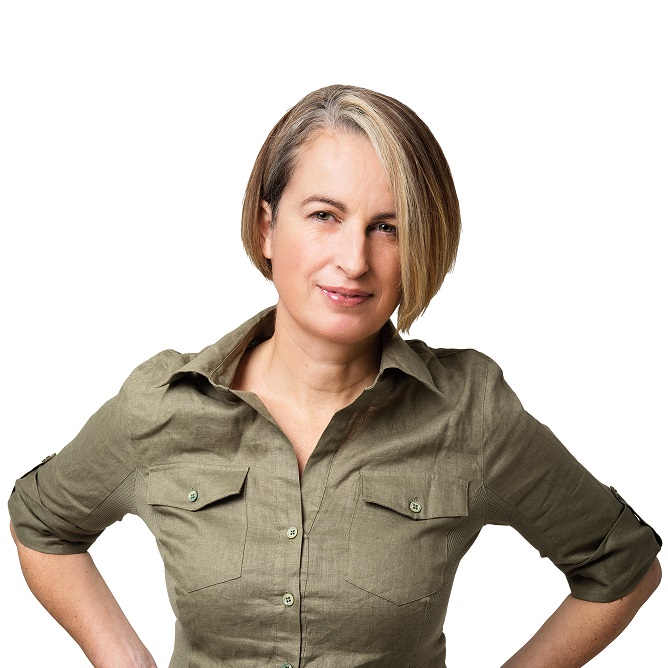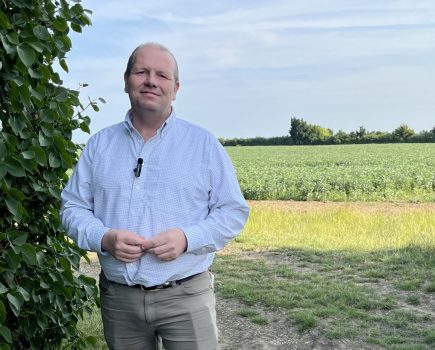By Lucy de la Pasture
Having managed to avoid looking ‘Rona’ in the eyes since the start of the pandemic, she spiked me last month, well and truly kicking the legs out from underneath me. My thanks go to Tom Allen-Stevens, who briefly stepped back into his old role and took away the worry about how on earth the magazine was going to get put together this month. It’s only at times like that that you realise you’re carrying a weight on your shoulders…
Sometimes I think it’s good to question our motivations for doing something and that goes for farming too. While some fall into the role that’s expected of them, giving up on their personal ambitions, others relish the opportunity and do what they were born to do. Some feel a moral obligation to ‘feed the world’ and it strikes me that that must be a tremendous burden to carry and perhaps it’s time we questioned that premise, something Martin Lines touched on in Nature Natters (page 50) this month.
The ‘feeding the world’ argument pushes productivity as the key metric in crop production and has long been used to justify high input systems and the need to keep producing more per hectare. It’s become a conditioned way of thinking. On the face of it, with a world population that has just surpassed eight billion, it doesn’t seem an unreasonable assumption. Look a little closer, and the sums look different when you break down overall production into calories consumed by people.
On a world scale, which we have to consider when using the argument that we must maintain productivity to feed the world, the majority of global food is produced on smallholdings. And it’s these that provide the majority of calories to the world population and not large-scale farming businesses.
A paper by Samberg et al* (2016) looked at smallholder agriculture in Latin America, sub-Saharan Africa, and South and East Asia, where on average there less than five hectares of agricultural land per farming household. It’s important to consider these continents because it’s here that the population is still growing, where in more developed parts of the world population growth is slow or negative.
These smallholder farming systems are home to more than 380 million farming households, making up roughly 30% of the agricultural land and produce more than 70% of the food calories produced in these regions. Note the contribution to food calories here.
More importantly, these smallholders are responsible for more than half of the food calories produced globally, as well as more than half of global production of several major food crops. Smallholder systems in these three regions direct a greater percentage of calories produced toward direct human consumption, with 70% of calories produced in these units consumed as food compared with 55% globally.
In the UK, approximately 60% of the cereals we grow is for animal feed, which while still contributing to food security is a highly inefficient way of converting grain into calories for human consumption. According to GRAIN and IATP estimates, for every 100 calories fed to animals, only 17-30 ends up in the meat that humans consume.
We live in a market-based economy where we consider everything in terms of stocks and balances and perhaps it’s more accurate to think in terms of feeding the nation as a UK farmer rather than taking on the mantle of feeding the world. Or can we break that down further? Feeding the local community, feeding the family? Farms are a business so the number one priority should be profitability and not just productivity – the relationship between the two isn’t the same on any one farm.
Is being productivity-led holding back change in farming practices? For instance, nitrogen fertiliser applications where the emphasis moves to form, function and efficiency of use and applying ‘just enough’ rather than routine applications to industry guidelines with a bit extra, just in case. Add in the hefty responsibility of feeling like the world could starve if you make the wrong decision then that’s a lot of pressure.
A government report into national food security released last year cites the major risks to UK food production as degradation of the soil, loss of biodiversity and climate change. We have ongoing debates at whether the sustainable approach to agriculture involves land sparing or land sharing, where each sit at either end of the continuum. A land sparing system involves large, separate areas of sustainably intensified agriculture, whereas land sharing involves a patchwork of low-intensity agriculture incorporating natural features such as ponds and hedgerows, in other words more nature-friendly farming. We see these two options playing out today with land being bought up to be ‘rewilded’ and the move to more regenerative or agroecological systems. The reality is that it doesn’t have to be one or the other.
Of course, the elephant in the room when it comes to feeding the world is the amount of food that is wasted, the vast majority after leaving the farmgate (30%). According to government, food waste declined during the pandemic when lockdowns resulted in better food management but things are now sliding back to pre-pandemic levels.
It all adds up to the fact that farmers aren’t responsible for feeding the world, they facilitate the production of food but it’s ultimately society and governments that determine what happens to it. It’s an important and potentially liberating distinction.
*Ref: Leah H Samberg et al 2016, Subnational distribution of average farm size and smallholder contributions to global food production, Environmental Research Letters 11 124010
This article was taken from the latest issue of CPM. For more articles like this, subscribe here.




